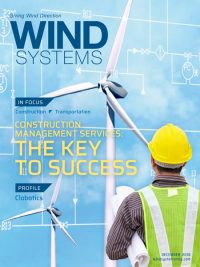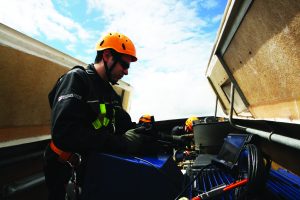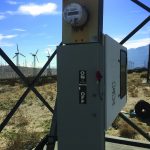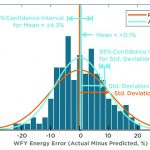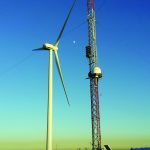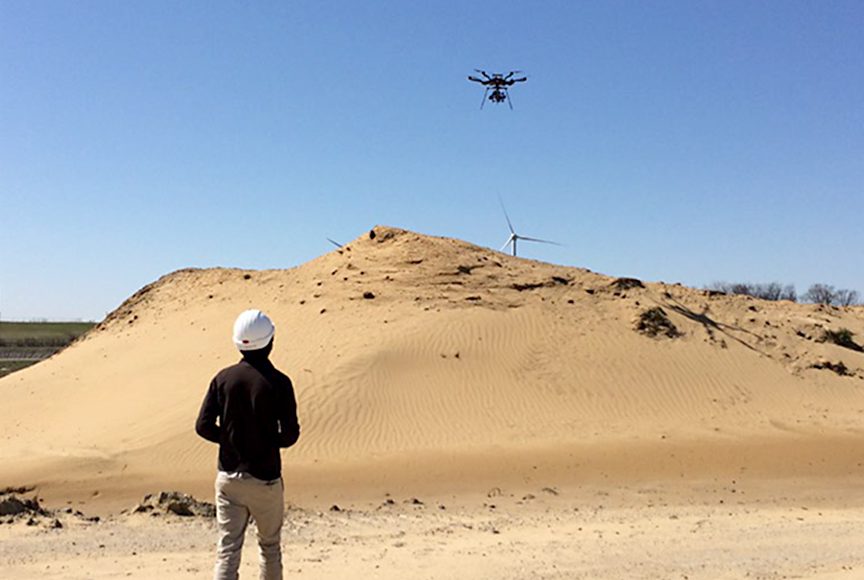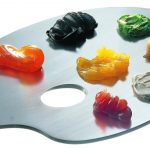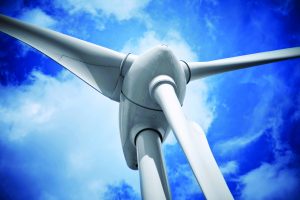The U.S. offshore wind market is finally heating up. This is evidenced by the likes of Deepwater Wind being acquired by Ørsted — bringing opportunities for the market to scale up — as well as Siemens Gamesa adapting its turbines to U.S. standards and predicting higher revenues for 2019 as it moves into this emerging offshore market.
These moves from offshore wind’s heavy hitters not only signal that it’s time to take the U.S. market seriously, but also that European industry leaders are keen to apply their knowledge and experience in the U.S.
It is important for the success of the market that the likes of Ørsted and Siemens, who are accustomed to established working practices in Europe, have confidence in the ability of the domestic supply chain to support their investment decisions throughout development, construction, and operations. One critical requirement is the availability of proven vessel concepts.
First steps
The journey of the U.S. offshore energy support vessel market started with the launch of Atlantic Pioneer, the first U.S. purpose-built crew transfer vessel (CTV) to service the first offshore wind farm in the U.S., Deepwater Wind’s Block Island. This was a huge milestone for the U.S. maritime sector, and, furthermore, demonstrated its capacity to work with firms “across the pond” to deliver a vessel built to a proven European specification.
However, with more and more wind farms to be developed off the coast of the U.S., the challenge is now to quickly build out a domestic fleet of vessels which meet this same standard, are Jones Act compliant, and build upon lessons that continue to be learned from the European market.
Lessons learned
Technical and operational evolution in the CTV market in Europe has been swift, driven by the increasing demands of the industry when it comes to the core attributes of availability, versatility and safety.
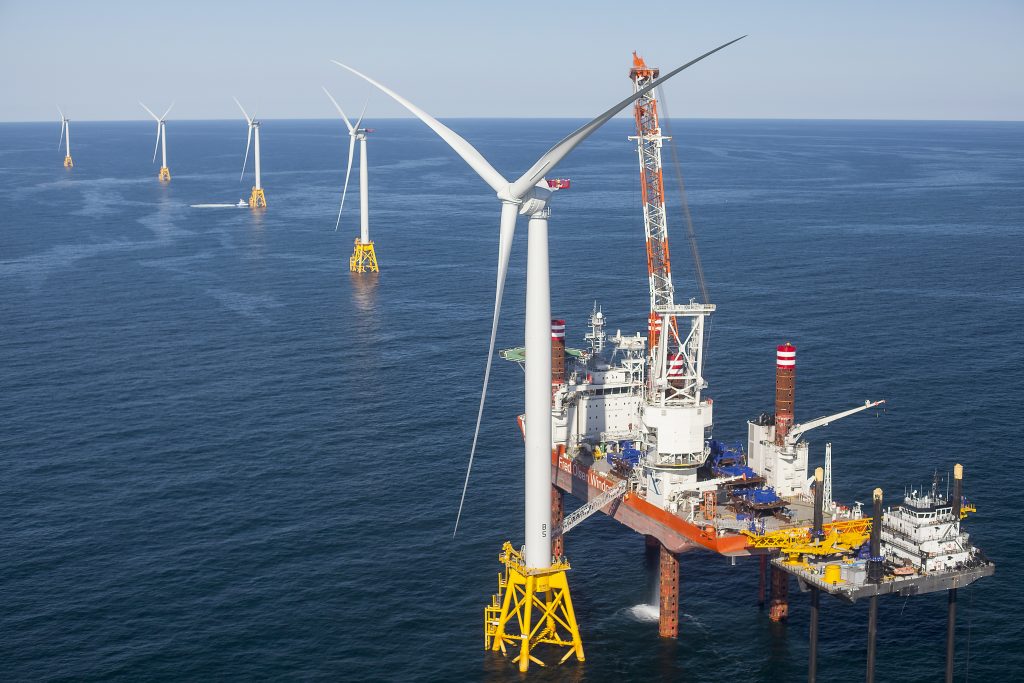
In all wind-energy operations, safety comes first. In light of the reputational impact of a number of documented incidents in the early days of large-scale offshore wind development in Europe, alongside systems such as ISM-approved safety management, building vessels to the stringent requirements of a classification society like DNV-GL, BV, LR, or ABS is one of the most effective safety approaches. This not only ensures that the vessel build is of the highest quality, but also involves rigorous ongoing checks throughout operations to confirm that each individual component is performing as it was from the start.
One of the core attributes of the technical and operational evolution of the offshore energy support vessel is technical availability. In conjunction with the reliability gains that go hand-in-hand with class certification, the most significant development in availability has arguably been the mainstream adoption of round-the-clock shift-based operation. Platform and vessel-based accommodation has improved to support 24-hour rotations, and the capacity to refuel at sea can keep a CTV operational on site for prolonged periods.
Vessel designers are now aiming to hit the “sweet spot” with CTV size, and data and evidence collected from the field suggests that 24-meter boats are best placed to meet the diverse demands of offshore wind support. Vessels of this size can effectively fulfil both crew transfer and logistical requirements in offshore energy operations — they are large enough to carry enough industrial personnel and crew, plus a significant amount of cargo and equipment, while also remaining nimble enough to provide fuel-efficient access to offshore turbines.
Furthermore, CTVs need the capacity to work with other vessels on site, for example with offshore refueling. This need for CTVs to be able to efficiently work with other vessels on site is a particularly important factor for the U.S. market where you often have European built jack-ups and larger vessels moored some way offshore to avoid restriction from Jones Act requirements. Vessel operators therefore need boats that can stay out in the field for long periods, even supporting the overnight accommodation of turbine technicians.
With this extensive experience and knowledge, European offshore wind farm developers and operators know what they want from their vessel support suppliers and are looking to apply the same principles to their operations in the U.S.
Adapting to U.S. offshore environment
There is a lot to gain from taking lessons learned from the mature European offshore wind industry, but substantial opportunities exist for those who can refine and optimize vessels for US market conditions.
In particular, crucial advantages will derive from meeting EPA Tier 4 air quality requirements with bespoke propulsion options, hull and deck designs that stand up to larger Atlantic swells, and the ability to respond to unique development approaches with enhanced logistical support capacity.
The U.S. market has particular interest in the hybridization of offshore wind transportation to reduce the overall carbon footprint of the maritime sector. A repeat build of the Atlantic Pioneer would in fact not be compliant due to ever-increasing EPA air quality standards. An effective approach for meeting this market need is not to drastically redesign the whole vessel or simply replace diesel engines with hybrid ones, but instead to make small, necessary changes to reduce the time spent burning up fuels by making the whole vessel more efficient.
Vessels have typically been built with two 1,400 horsepower engines whereas vessel now can be built with four 700 horsepower engines, achieving the same level of power but better meeting air quality requirements. With four engines of lower power, a vessel is able to operate at lower speeds, turning off two of the engines, leading to lower carbon emissions while either idle or at low speeds. This is particularly beneficial for wind-farm support vessel operators as when the vessel is on the wind farm, rather than traveling between the site and the port, high power operation isn’t necessary.
Additionally, as owners and operators are moving into the U.S. market from Europe, they have worked with vessels with different sized engines, and they know which engine OEM models they prefer. The important thing is to be able to have a vessel design which can be adapted based on operator preferences.
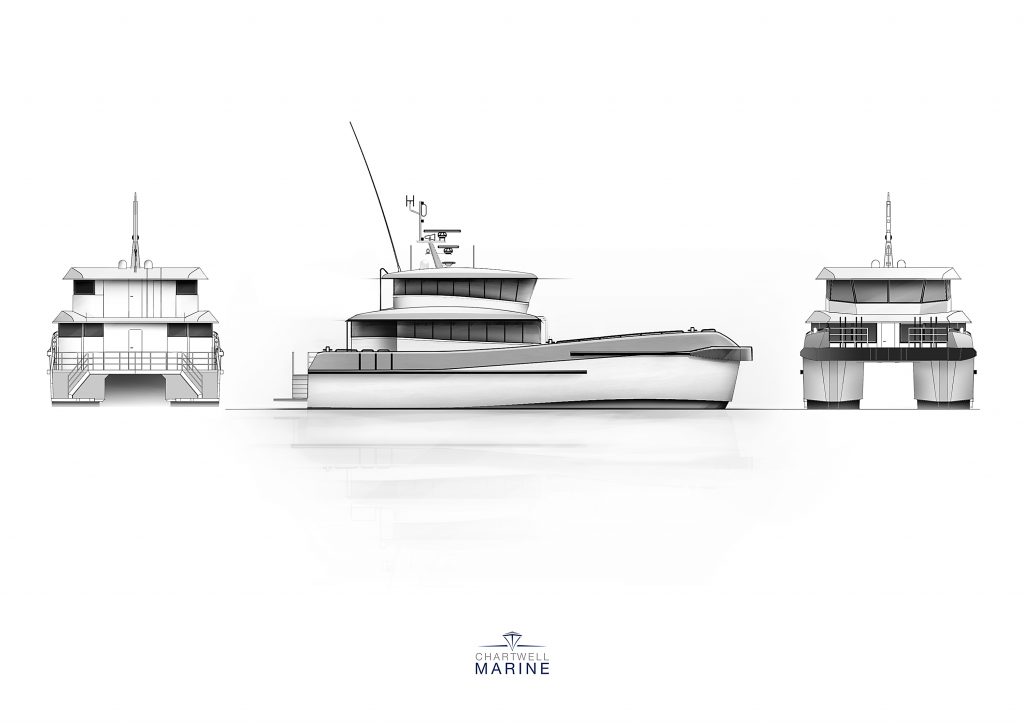
A key difference between U.S. and European waters is the vastly different “sea state.” For example, the East Coast sees longer wave lengths and greater swells than are experienced in the U.K., and vessel hull designs need to take this into account. One way this can be done is with a larger freeboard, meaning the ship deck that is closest to the water is positioned higher, reducing the risk of waves crashing onto the deck in rough seas. This also improves the overall stability and safety of offshore vessels.
Meeting technicians’ needs
Not only do vessels need to respond to operators’ requirements, they also need to respond to the needs of crews and passengers on board.
As the industry grows, there will be an increased need for highly skilled turbine technicians in the construction stage, but also then into the long-term O&M phases. The challenge the market will face here is that, while the U.S. onshore wind market is mature and strong, turbine technicians operating in this market will likely not have offshore experience — and may not have any experience at sea at all.
At the end of the day, turbine technicians aren’t seafarers, and in order for them to work effectively and efficiently construction or repair jobs, they need to feel safe and comfortable when travelling to and from site.
The way in which vessel designers and manufacturers will need to ensure this safety and comfort is to look carefully at the seating and space on board. Larger vessels typically benefit from lower acceleration and less aggressive journeys; however, on smaller boats, the journey can be somewhat rough, and the overall design should accommodate for passengers who may not be experienced at sea.
With the exception of mandatory class/flag sill heights, a boat designed with safety at the forefront would have no steps or trip hazards, with designated walkways, handrails, and safety sliding rails for the purpose of safe, repeatable, effective crew transfer. After all, if wind-turbine technicians feel comfortable and aren’t suffering from fatigue or seasickness as a result of their journey to site, they’re more likely to do a good job.
Turbine technicians are essential to the effective running of an offshore wind project — so it is equally essential that the vessel market meets their needs.
Conclusion
The U.S. is primed to develop its capacity for generating wind power offshore, with U.S. ship yards of the highest quality ready to respond with a supply of safe, reliable and versatile vessels. Naval architects from Europe and around the world are excited to work with the U.S. on developing vessels that best meet the needs of seasoned offshore wind players, having learned best practice and design from operating in maturing and thriving offshore markets.
By taking — and refining — proven vessel concepts, U.S. maritime firms and service providers can de-risk complex projects for international wind-energy investors, developers and operators, ensuring the ongoing success of American offshore wind.
















